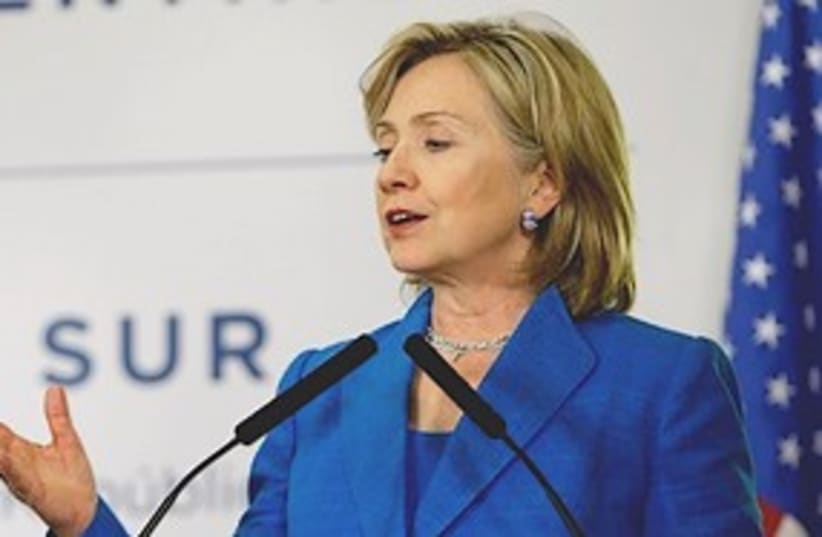The panel of experts that the Israel Factor turns to each month is made up of a range ofparticipants who express varying political views. This week we see thatwhile our panelist's may house differing political opinions, theaverage outcome of their views tends towards a Centrist outlook.This week we'll take a look at the table and at the answers our Israel Factor panelhad produced to this simple request: “From 1 (bad for Israel) to 10(good for Israel): Generally speaking, please rate the following peopleand institutions.”The answers we present represent the average that this panel of experts produces. It is not a survey of Israelis, and the average we post here doesn’tmean that all people think this way.However, the panel’s record is quite good, and ourmonthly survey deserves the attention it is getting. It is good becausefor many reasons, one of them being its inclusiveness of experts withdifferent views. It is not a panel with “right wing” or “left wing”tendencies – no more than the tendencies of the “average” Israelis.Thus, when the panel is ranking the candidates or the policies of theUS political arena and the US government, it doesn’t distort the“Israeli view” because of political biases. You want proof? Here’s one.The table I’ve mentioned at the top of this post. Take a look:Barack Obama 5.25Hillary Clinton 6.75The Tea Party movement 3.87AIPAC 7.87J Street 4.75The Republican Jewish Coalition 6.62The National Jewish Democratic Council 6.5The Emergency Committee on Israel 5.43What do we see here?Wesee a panel expressing Israeli relative uneasiness with the two groupsthat make Israel a “political issue” (J Street and ECI) – but is happyto get the unbiased support of a bipartisan group (AIPAC – I know somecritics think AIPAC is partial. Obviously, the panel doesn’t buy it).What’s more: When I look at specific numbers each panelist attached tothe groups mentioned above, the trend becomes even more vivid. Thesatisfaction with AIPAC is almost across the board, with all panelistsbut one giving it more than seven. Dissatisfaction with the two othergroups is also quite obvious, as panelists’ votes are being divided byideological beliefs.As you can see, the Jewish organizationsof the Republican and the Democratic parties were ranked with verysimilar outcome (6.5, 6.62). Three panelists gave the RJC somewhatbetter marks – two gave the NJDC somewhat better marks – three gave thetwo organizations the exact same marks. The widest gap for any of thepanelists between RJC and NJDC was of two points (7-5, 5-3). Onelast proof our panel is relatively centrist in nature: the low gradesand appreciation it has for the Tea Party movement. As you can see inthis table, the Tea Party is doing noticeably better with the panelthis month than it did last month (other changes seem insignificant): Nov-10 Dec-10 ChangeBarack Obama 5 5.25 0.25Hillary Clinton 6.43 6.75 0.32The Tea Party 2.6 3.87 1.27movement
The Israel Factor's centrist streak
The Panel members, like most Israelis, seem to prefer the American policy maker more moderate.
